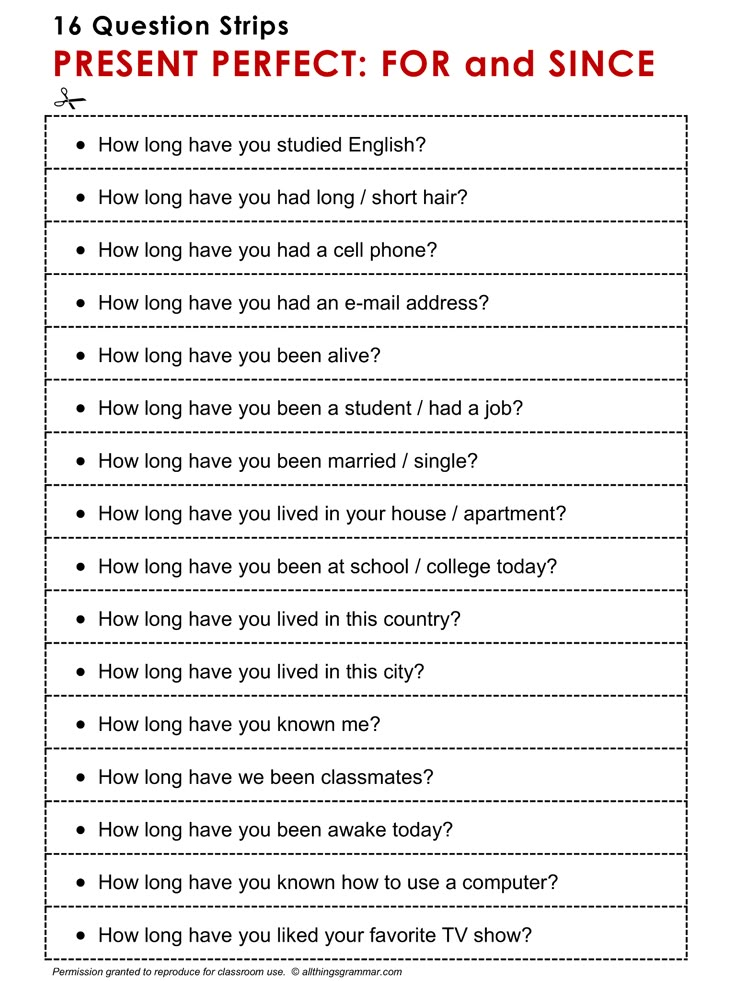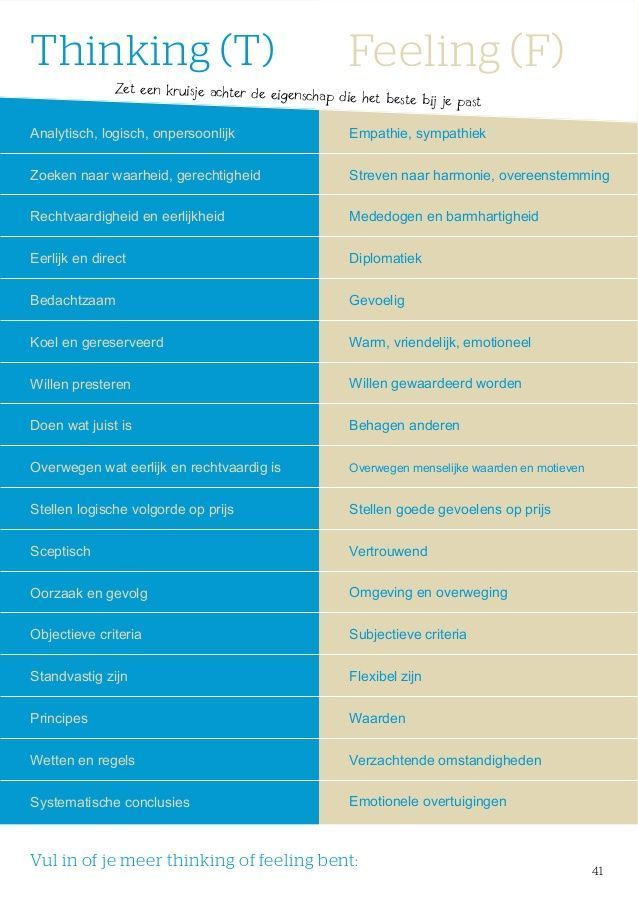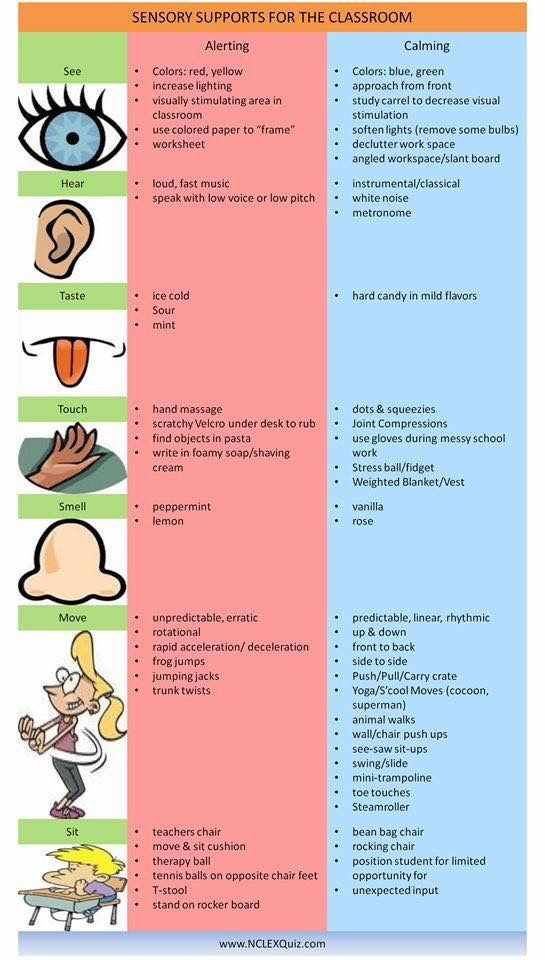Positive reinforcement for teenagers
Good behaviour tips: pre-teens & teens
How to encourage good behaviour in pre-teens and teenagers
Good behaviour in pre-teens and teenagers starts with positive communication and warm relationships. This lays the foundation for guiding your child’s behaviour in a positive way.
Here are some practical tips for putting this positive approach into action.
Tips for good behaviour
1. Take time to actively listen
Actively listening means paying close attention to what your child is saying, both with their words and their body language. This lets you tune in to your child’s thoughts and feelings. And it shows your child that you care and are interested in them.
2. Set clear rules about behaviour
Family rules set clear expectations about behaviour. If you can, involve all family members in the discussions about rules. Try to keep the rules positive. For example, instead of saying ‘Don’t be disrespectful,’ you could say, ‘We treat each other with respect’.
3. Broken rules: follow up calmly, firmly and consistently
You can do this by using a brief and fair consequence that you and your child have agreed on in advance. It helps if you link the consequence to the broken rule – for example, ‘Because you didn’t come home at the agreed time, you’ll need to stay home this weekend’. This also helps you communicate your expectations about future behaviour.
You can read more about setting boundaries and using consequences in our article on discipline strategies for teenagers.
4. Encourage self-reflection
If you need to use a consequence, it’s good to encourage your child to reflect on what they could do to stop the problem coming up again. For example, you could say something like, ‘Jem, I get worried when you stay out late without telling me what you’re doing. Next time, I’ll pick you up at 10 pm. What could you do differently next time so you don’t get a consequence?’ Follow up by asking your child what a fair consequence would be if it happens again.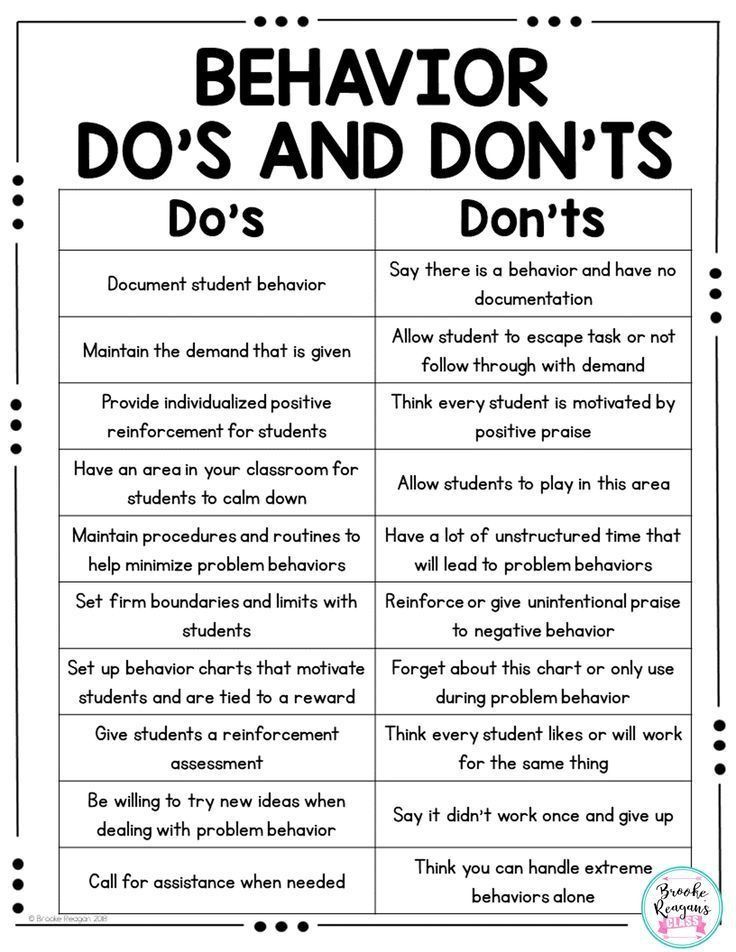
5. Try to be a positive role model
Children – even teenagers – do as you do, so being a role model for your child is a powerful and positive way to guide your child’s behaviour. For example, when your child sees you following the family rules yourself, they get a powerful example.
6. Choose your battles
Before you get into conflict over your child’s behaviour, ask yourself, ‘Does this really matter?’ and ‘Is this really worth fighting about?’ Less negative feedback means fewer opportunities for conflict and bad feelings.
7. Take your child seriously
Your child is an individual and needs to know that they’re valued, accepted and respected for who they are. One way to do this is by taking your child’s developing ideas and opinions seriously, even if you don’t necessarily agree with them.
8. Give your child responsibility
Learning to handle responsibility is one of the biggest challenges of adolescence, and an important step towards becoming an adult.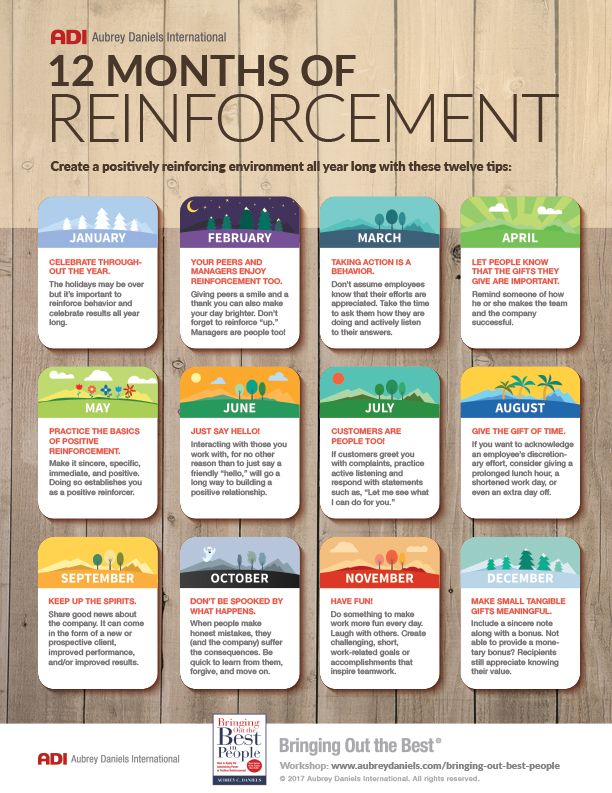 Giving your child responsibility in certain areas – like letting them choose their own clothes or hairstyle – can help increase autonomy and independence. It can also help you avoid battles over the little things.
Giving your child responsibility in certain areas – like letting them choose their own clothes or hairstyle – can help increase autonomy and independence. It can also help you avoid battles over the little things.
9. Tackle problems in a positive way
Whether it’s an argument with your child or a disagreement with your partner, using positive problem-solving skills helps to keep you calm. It also gives your child a great example to follow.
10. Praise your child
Descriptive praise and encouragement are powerful motivators. When you notice and comment on your child’s responsible choices and positive behaviour, you encourage them to keep behaving that way. Just remember that teenagers often prefer you to praise them privately rather than in front of their friends.
11. Plan ahead for difficult conversations
When you need to have difficult conversations, it’s a good idea to think ahead about what you’ll say and how your child might feel.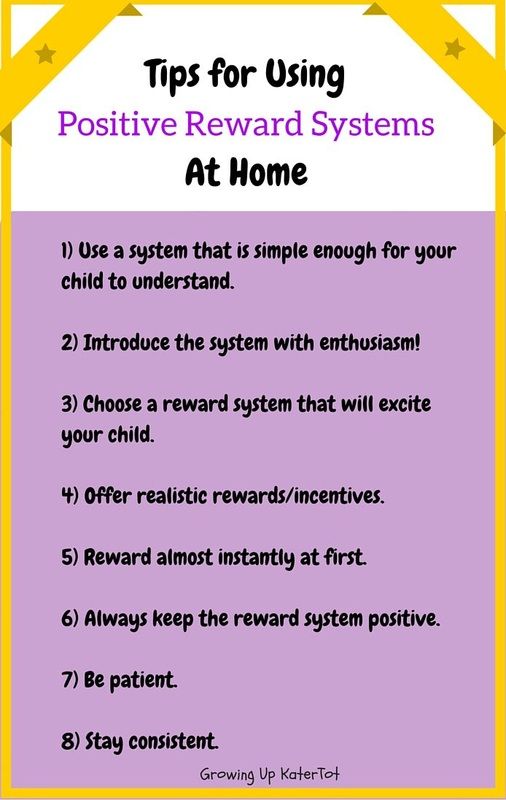 This can help you avoid conflict. Arranging a time and place where you can have some privacy also helps. For example, ‘Izzy, I’d like to make a time to talk with you about some things that are happening around the house. We can talk about it over pizza on Saturday night. OK?’
This can help you avoid conflict. Arranging a time and place where you can have some privacy also helps. For example, ‘Izzy, I’d like to make a time to talk with you about some things that are happening around the house. We can talk about it over pizza on Saturday night. OK?’
12. Keep ‘topping up’ your relationship
It might help to think of your relationship with your child as a sort of bank account. Spending time together, having fun and giving help and support are ‘deposits’, but arguments, blaming and criticism are ‘withdrawals’. The trick is to keep the account balanced – or even in the black.
13. Share your feelings
Telling your child honestly how their behaviour affects you can be good for your relationship. ‘I’ statements can be a big help with this. For example, saying ‘I really worry when you don’t come home on time’ will probably get a better response than ‘You know you’re supposed to ring me after school!’
14.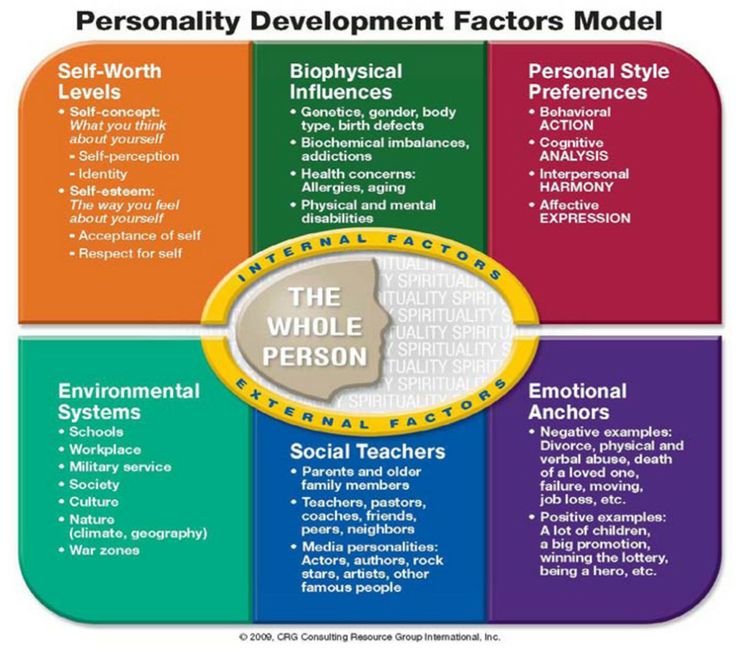 Learn to live with mistakes
Learn to live with mistakes
Everybody makes mistakes, and nobody’s perfect. It’s all about how you deal with mistakes – both your own and your child’s – when they happen. Taking responsibility for mistakes is a good first step, and then working out what you can do to make things better might be your next move. Saying sorry to your child when you make a mistake helps to keep your relationship going well. And if you show self-compassion, it models self-compassion for your child too.
15. Look for ways to stay connected
You can stay connected with your child by spending special and enjoyable time together. The best moments can be casual and unplanned, like when your child decides to tell you about their day at school over the washing up. When these moments happen, try to stop what you’re doing and give your child your full attention. This sends the message, ‘You’re important to me and I love you’.
16. Respect your child’s need for privacy
Teenagers crave some privacy and a space of their own.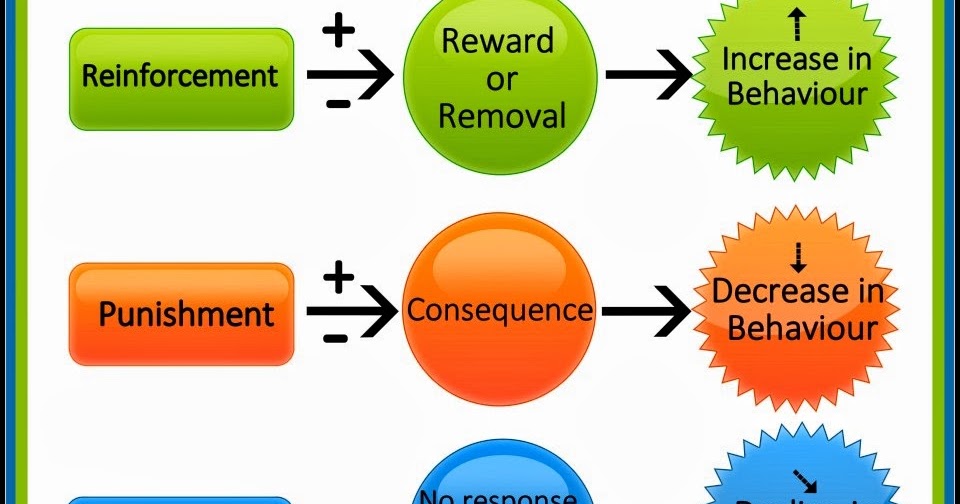 Asking for your child’s permission to enter their room and not going through their phone or belongings are ways to show respect for this need. Another way might be to think about what you really need to know, and what can be left as private between your child and their friends.
Asking for your child’s permission to enter their room and not going through their phone or belongings are ways to show respect for this need. Another way might be to think about what you really need to know, and what can be left as private between your child and their friends.
17. Encourage a sense of belonging
Family rituals can give your child a sense of stability and belonging at a time when many other things around them – and inside them – might be changing. Some families might choose to have Friday family pizza nights, pancakes for breakfast on Sundays, or particular traditions for celebrating birthdays.
18. Keep promises
When you follow through on promises, good or bad, your child learns to trust and respect you. Be clear and consistent, and promise only what you know you can deliver.
19. Have realistic expectations
Your child will probably slip up and break the rules sometimes. Teenagers and their brains are still under construction – they’re still working out who they are. Testing boundaries is all part of the process, so it helps to be realistic about your child’s behaviour.
Testing boundaries is all part of the process, so it helps to be realistic about your child’s behaviour.
20. Look for the funny side of things
Laughing or making jokes can help diffuse tension and possible conflict, and stop you and your child taking things too personally. You can also sometimes use a joke or a laugh to kick off a difficult conversation.
Parenting A Teen Through Positive Reinforcement
Most parents can agree: the teenage years can be rough! Hormones are raging, they are trying to gain more independence, and they spend a lot of time away from their parents and their home while hanging with friends. One minute they love and adore you, the next minute you ruined their life. Can many of you relate?
When tempers flare and disagreements are happening, it’s hard to not resort to yelling and harsh discipline, but studies are showing us that positive reinforcement may be the key to success, not just in the home but also in their school life.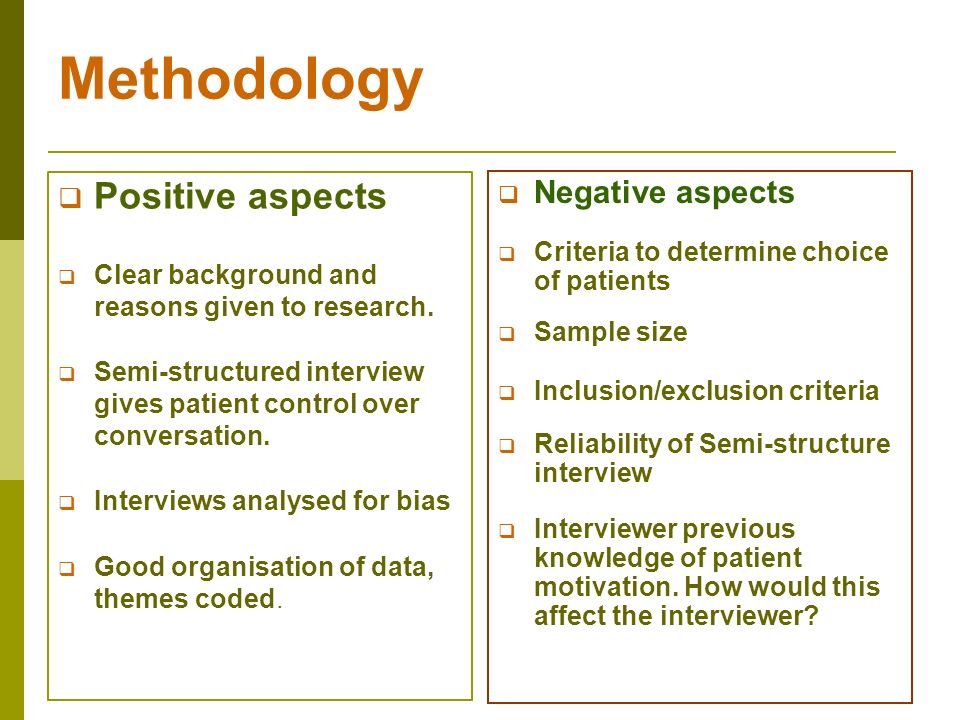
We’ve all heard the saying, “The one who is hardest to love needs love the most.” It’s very hard to set emotions aside and give positive feedback to a student or child who is constantly difficult and making your day-to-day life challenging. It’s easier to yell and put them in their place. Yelling is only making tensions higher and your teen angrier, so let’s try a different approach and see how it works!
As a student at My Virtual Academy, your teen will have weekly interaction with their teachers and mentors. We work hard to provide positive reinforcement during these interactions and bring to the forefront things that the student is excelling with, while still discussing and resolving any areas of concern. These weekly interactions are vital to your student’s success and we want them to be a positive experience that they look forward to.
In regards to school, if you notice your student is struggling, take a different approach and instead of getting mad or grounding your teen, commend them on something that you noticed they did well.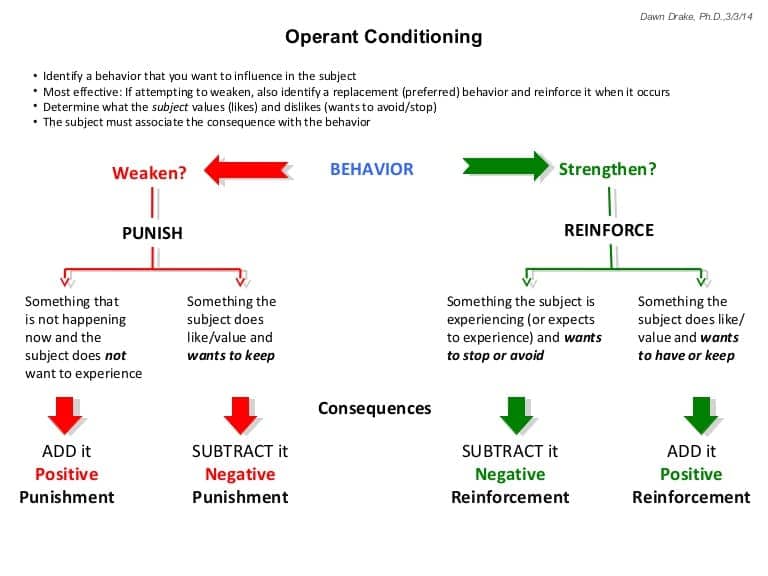 Maybe they are having a hard time solving that math problem but they knew what method to use. Give them credit where credit is due. This makes them less defensive and they’ll be more open to your help and guidance.
Maybe they are having a hard time solving that math problem but they knew what method to use. Give them credit where credit is due. This makes them less defensive and they’ll be more open to your help and guidance.
Keep in mind, teens are facing difficult decisions on a daily basis that could impact their future. It’s hard to not cave into peer pressure and make the less popular decision, but it happens all the time and teens should be rewarded when the right choice is made.
When we think of “rewards” our mind usually equates that with a monetary value. That’s not necessarily the case and we’ll show you some different ways to entice your teen to be a good, productive student and member of society.
Remember, you DO NOT and SHOULD NOT give a reward for every good thing your teen does. This is a tool in your tool belt to reward them when you see fit. It’s an alternative way of parenting because they’ll be receptive to the rewards and these little rewards will help keep them on the right track.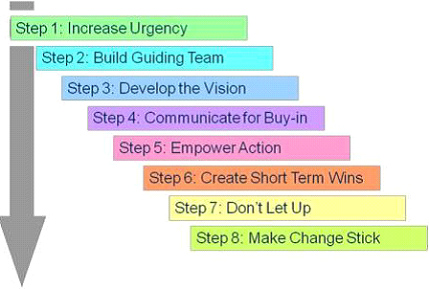 The rewards will let your teen know that you notice the good things they are doing, not just focusing on the bad.
The rewards will let your teen know that you notice the good things they are doing, not just focusing on the bad.
Here are some reward ideas that will reinforce good behavior and deter the bad:
- Does your teen have a special hobby or interest? Build a reward based on that. Extra skate time at the local skate park or new paints and canvases for their art projects are sure ways to let them feel rewarded and appreciated.
- Teens always love freedom. How about rewarding good behavior by adding an extra half hour onto their curfew time? This will not only build trust between you, but will give them extra hangout time with their friends.
- Cook them their favorite meal. Let them know tonight’s dinner will be one to celebrate their successes and ask them to plan the menu so they get their favorite things to eat.
- Lengthen your teen’s car privileges. If your teen has been on good behavior or did something worth noting, why not give them longer access to the family car? They’ll love the independence and will surely thank you for it!
- Allow your teen to skip setting the alarm on the weekend.
 Every teen loves sleep! That’s just a fact. Let your teen know that because of their good behavior, they can sleep in as late as they’d like on the weekend. It’s great not having to wake up to an alarm, and they’ll love it too!
Every teen loves sleep! That’s just a fact. Let your teen know that because of their good behavior, they can sleep in as late as they’d like on the weekend. It’s great not having to wake up to an alarm, and they’ll love it too! - Lastly, don’t forget the power of a hug and saying, “thank you.” Thanking them for doing well on their schoolwork or for helping out around the house can go a long way. Show them your love and appreciation and let them know it makes for a much nicer, calmer home when they are keeping up their end of the bargain (getting good grades and doing chores around the house).
Teens are just like us. We don’t like it if all we hear is the negative from our boss at work, so why would your teen respond positively to yelling or nagging? They won’t. That’s why it’s so important to try another approach and always remember to never forget the power positive reinforcement holds!
At My Virtual Academy, we make it our daily mission to help students in grades 5-12 excel and work towards their goal of obtaining their high school diploma.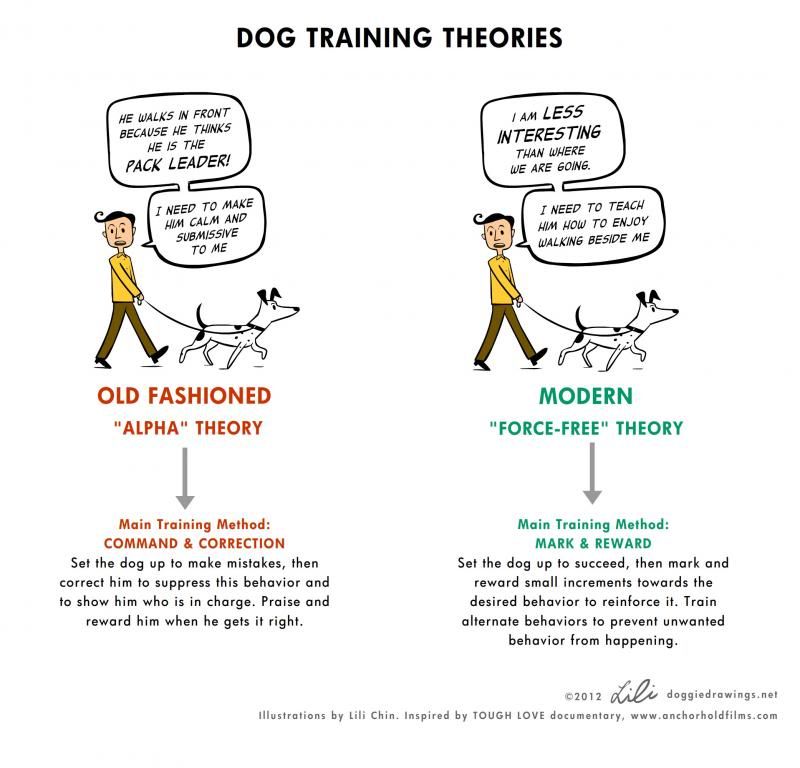 Your student’s success is our number one focus. If you would like to learn more about our virtual school, click here to visit our website, follow us on Facebook, or give us a call at 800-297-2119.
Your student’s success is our number one focus. If you would like to learn more about our virtual school, click here to visit our website, follow us on Facebook, or give us a call at 800-297-2119.
Benefits of Positive Reinforcement - Child Development
Have you been yelling at your child a lot lately? Have you noticed that you are losing your temper, although you don’t want it at all? Are you trying to make positive changes in your parenting style and help your kids grow up to be good people? If you feel like you need to change something for the better, positive reinforcement can be a great help. This article will help you learn how to achieve the desired changes.
What is positive reinforcement?
Positive reinforcement is what you say or do at the same time as your child's action, i.e. at the moment he performs the desired action or immediately after it. The main thing is that in the child's mind these two moments are connected into one whole.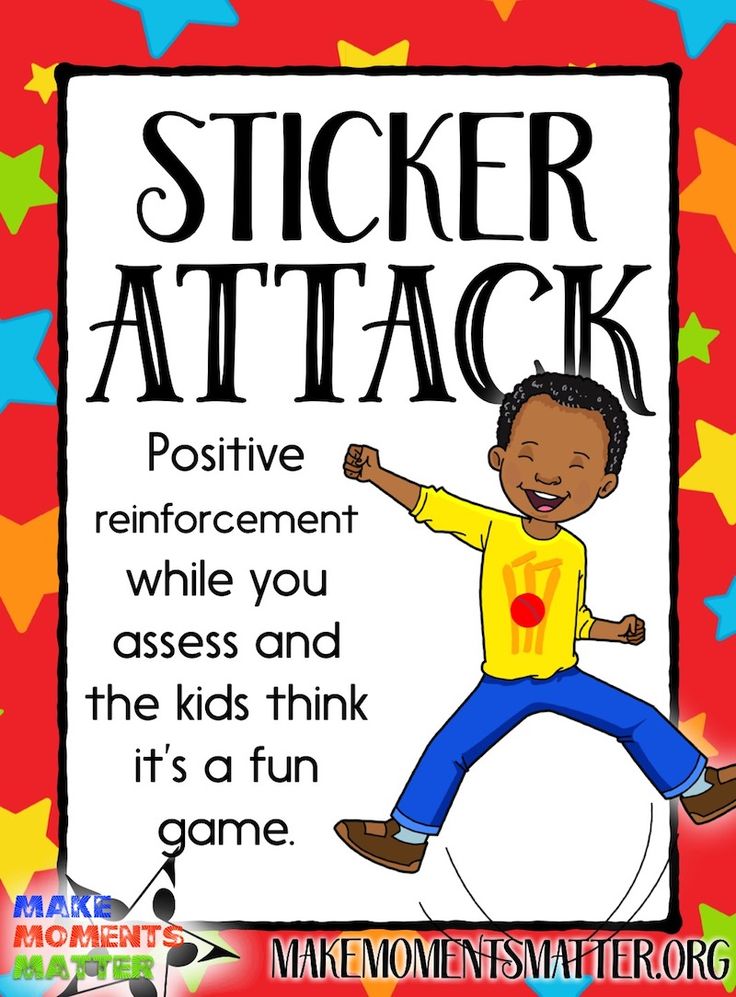 Positive reinforcement directly increases the likelihood of a given (good) act in the future.
Positive reinforcement directly increases the likelihood of a given (good) act in the future.
Positive reinforcement is one of the successful parenting techniques by which you can stimulate the type of behavior you want to instill in your child. Accordingly, when using positive reinforcement, it is forbidden in any form to yell at a child, insult him, threaten, punish, shame, humiliate or make him feel guilty.
How does positive reinforcement work on children?
For every behavior your child exhibits, there are both positive and negative approaches and their positive and negative consequences. If you react negatively to your child's behavior, they are more likely to repeat their mistake or behavior. On the other hand, if you respond positively to your child's behavior, he is more likely to want to do what you want, since it pleases you.
How to apply positive reinforcement to a child?
There are many ways you can give your child positive reinforcement.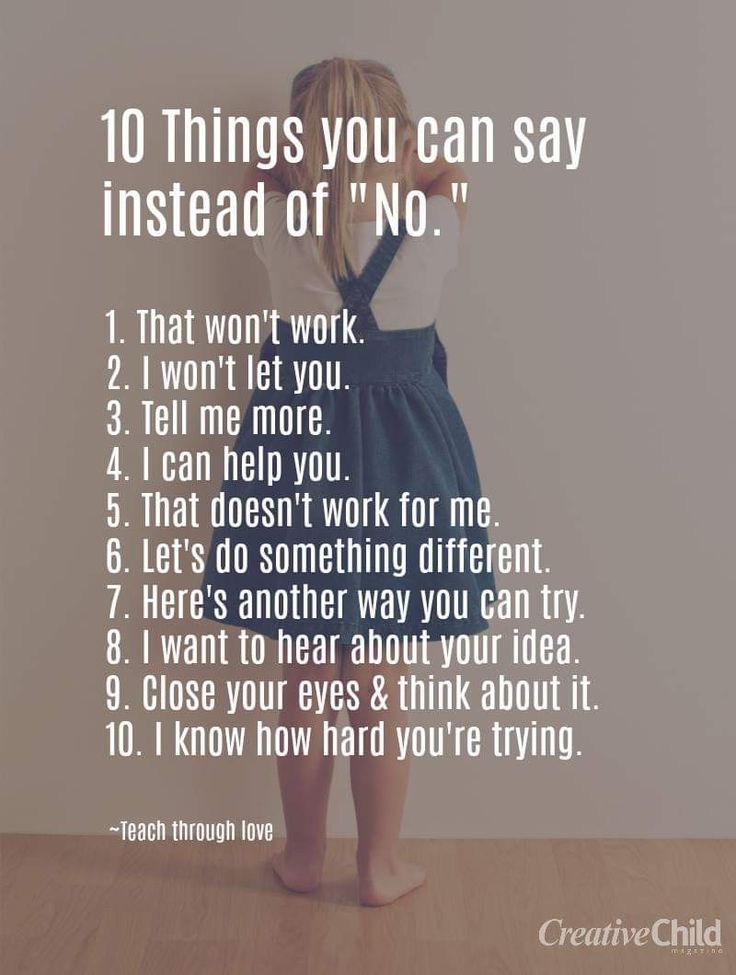 It is not always necessary to act in a certain way or say certain things. Often only one gesture or sign is enough for the child to understand what you mean:
It is not always necessary to act in a certain way or say certain things. Often only one gesture or sign is enough for the child to understand what you mean:
- Pat the child on the back.
- Raise your thumb.
- Show your child your approval by smiling or nodding your head.
- Clap your hands for the child, cheer loudly for him.
- Hug your baby often.
- Clap your hand against the child's hand (high five).
- Let the child know that you are delighted with him.
- Tell others about times when you feel proud of your child. Do this in his presence so that the child also knows how proud you are of him.
- Use specific phrases that tell your child that you appreciate his actions. Say "I love the way you...", "I'm proud of...", "I'm so proud of you!", "I'm so happy that you...", "It's wonderful.. .". Such phrases make it clear to the child that you approve of his behavior.
How does your child benefit from positive reinforcement?
Positive reinforcement can make not only your child feel good, but also you as a parent.
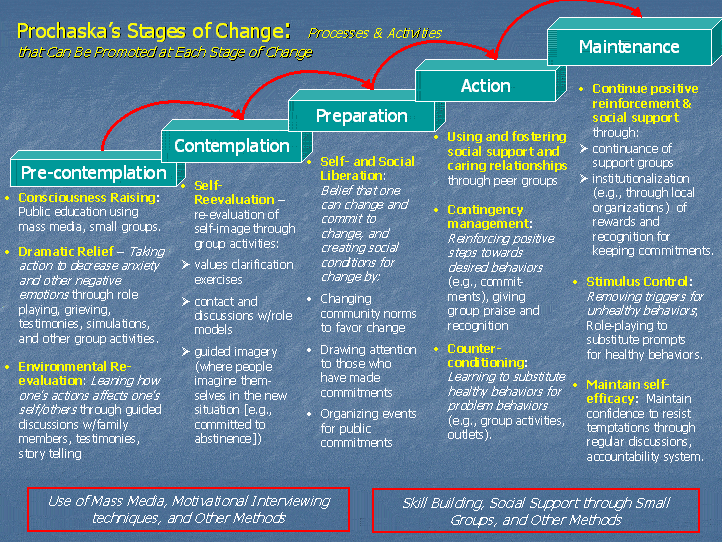 With it, you will see a noticeable change in your child's attitude. In addition, you will experience a sense of calm and happiness that you lost when you screamed and scolded your naughty child.
With it, you will see a noticeable change in your child's attitude. In addition, you will experience a sense of calm and happiness that you lost when you screamed and scolded your naughty child.
How to use positive reinforcement in a classroom environment?
08/31/13
Positive reinforcement is the main approach to behavior correction in autism, and it can also be used by school teachers of children with special needs
Author: Sasha Hallagan
Source: The Autism Helper
Everyone knows that positive reinforcement is important, and everyone understands why. Whether you're a teacher in a remedial or general education classroom, positive reinforcement is what allows you to increase the frequency of desired student behavior. Positive reinforcement can be a teacher's praise, tokens, a certain amount of which can be exchanged for a reward, candy, treats, and so on. Each child is individual! Praise can be a reinforcer for many children, but not for all! For some children, praise is not an effective reward.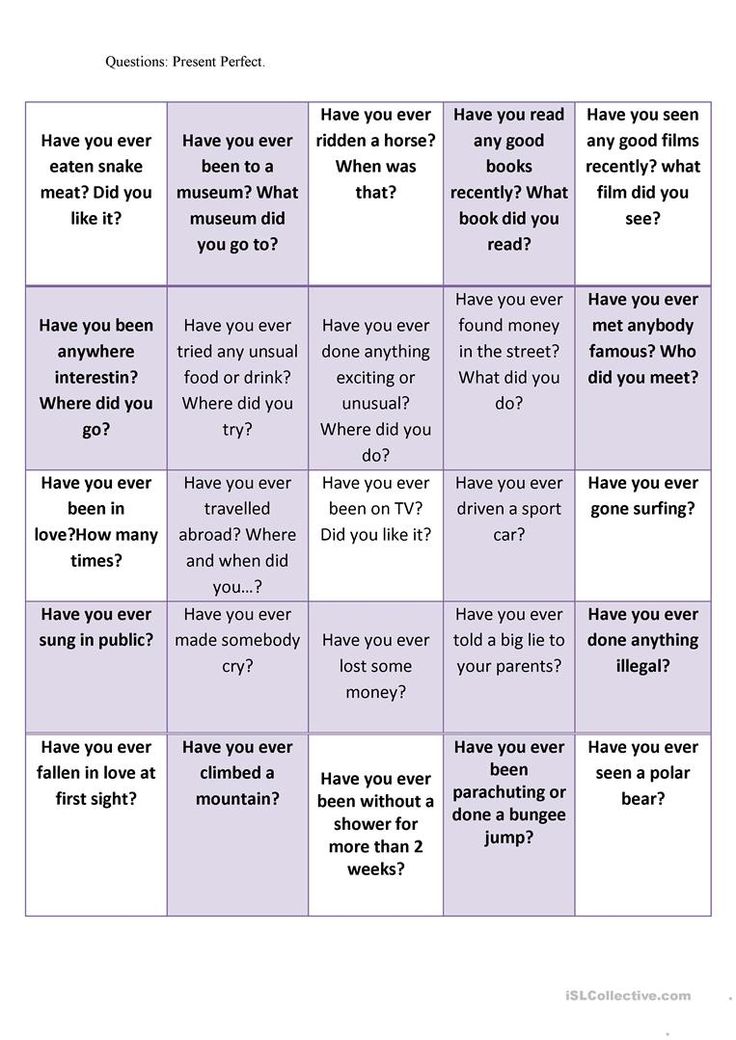 What can be done in this case?
What can be done in this case?
Conditioning praise as a reinforcer
For some children, praise is not a reinforcer. Should we just accept and forget about it? Netushki! Praise as a reinforcer is extremely important because it is a natural and ubiquitous form of reward! This is reinforcement that takes place in the real world. So if praise is not a reinforcer for your children, then you need to work on conditioning praise as a reinforcer. To do this, you must constantly combine praise with what is reinforcing for this child. For example, every time you give him a candy, an iPad, or a token as a reward, praise him at the same time! Gradually, you will be able to reduce the tangible reward until you are limited to praise!
In a classroom full of students, remembering the perfect reinforcer for everyone can be difficult! I use a laminated page on the wall for this, next to the behavioral documentation, where I can erase and mark with a marker next to each student's name what their preferences/reinforcers are.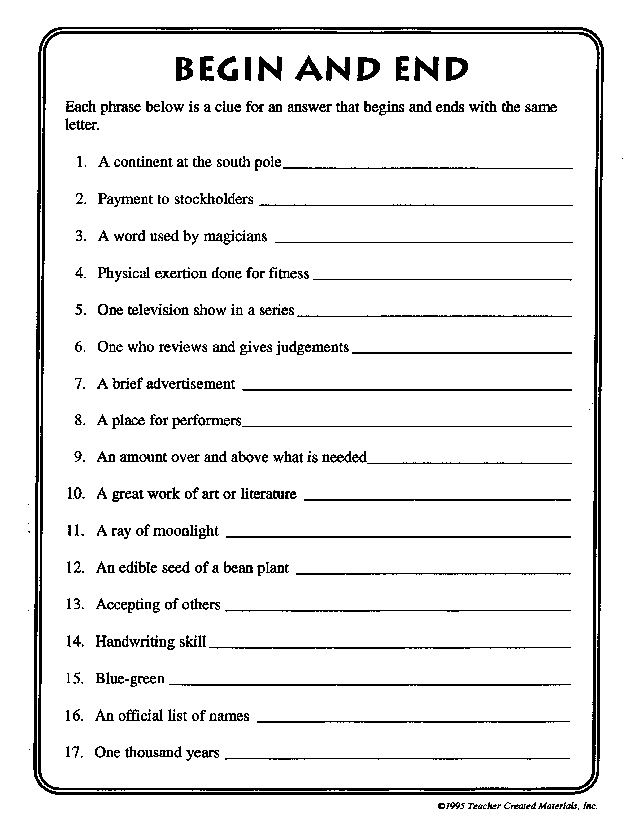 This way, everyone, including teachers, tutors and therapists, is aware of the best reinforcement to use at the moment!
This way, everyone, including teachers, tutors and therapists, is aware of the best reinforcement to use at the moment!
Effective use of positive reinforcement for children of all ages
In order to use verbal praise as an effective positive reinforcement, it should be:
— Specific. Make your praise as effective as possible by specifying who you are praising and for what! “Jeremy, thanks for putting your homework in your done folder. It was just great." Some children may not understand what more general phrases refer to, and your attempt at positive reinforcement will be in vain!
- Immediate. Start praising immediately after the desired behavior!
- Frequent. Make sure to praise every student often! The most common mistake is too little praise! Once a day is too little, keep praising all kinds of desirable behaviors to keep them!
How to Make Sure You're Applying Positive Reinforcement FREQUENTLY
One of the reasons I decided to write this article is that I'm guilty of not giving enough praise.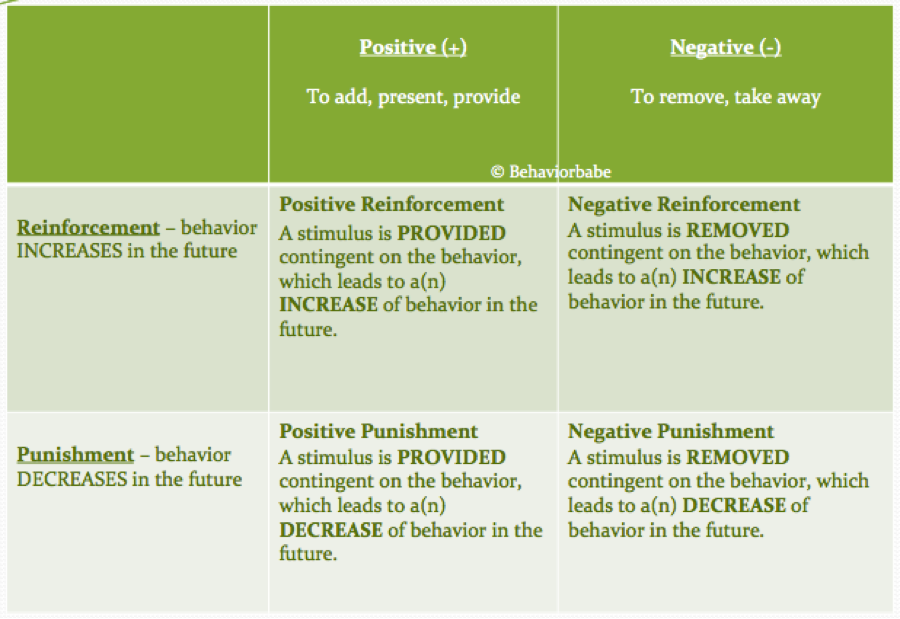 Arrest me! Eh! I'm so mad at myself. But perhaps acceptance is the first step. My excuses: I'm too busy, something always happens in the classroom, children walk on the ceiling, you can't follow the behavioral plans, the tutors got out of hand ... I know, just excuses. So I started making a conscious effort to ensure that I praise the kids enough.
Arrest me! Eh! I'm so mad at myself. But perhaps acceptance is the first step. My excuses: I'm too busy, something always happens in the classroom, children walk on the ceiling, you can't follow the behavioral plans, the tutors got out of hand ... I know, just excuses. So I started making a conscious effort to ensure that I praise the kids enough.
How much praise is enough? There are different theories on this. I heard about 6 positive phrases per minute while working with one child. It seems to me that this is already too much and can lead to speech overload of the child. I also heard about the 4:1 ratio - for every negative comment, there should be four instances of praise. Decide for yourself what suits you. Understanding when positive reinforcement is effective is a breeze—your favorite desired behavior is maintained and increased, not diminished!
Helpful hints
- Ask a colleague or tutor to be an observer and note each time you use praise.
- Record your own praise with a mechanical "clicker" counter.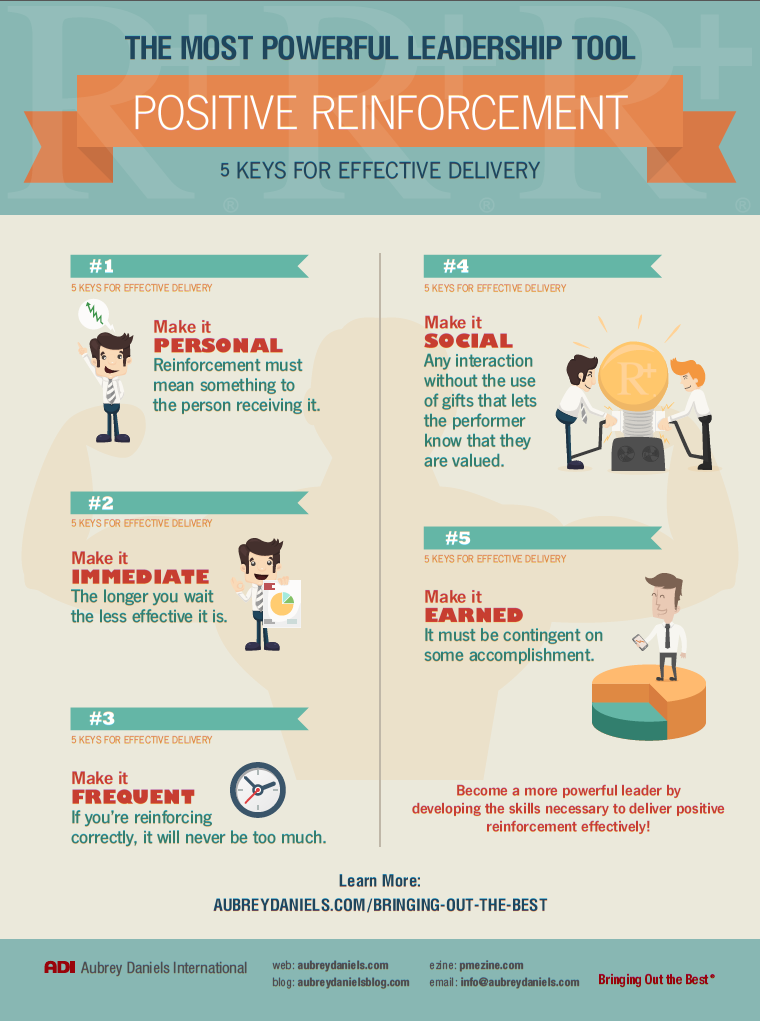
- Make a sign on the sheet with the names of the students. Use different colored pens for each period of the day and mark your praise next to each student's name. This way you can keep track of which students you praise (and who you don’t praise at all), and at what time of the day you praise least (as it turned out, I have a hard day). This will allow you to set specific goals for yourself to work on.
- Set a goal! My goal is to increase praise during the day by 50%. In addition, it is during the day that many of my children come out with negative behavior ... a coincidence? I don't think so. Increase praise for the desired behavior and this will help reduce the frequency of the unwanted behavior.
Children against the teacher - a magic method
I don't want to exaggerate, but this method works like a magic wand. This is a game from my ABA set of tricks for managing group behavior. When I first heard about this technique from a college professor, I was not at all impressed.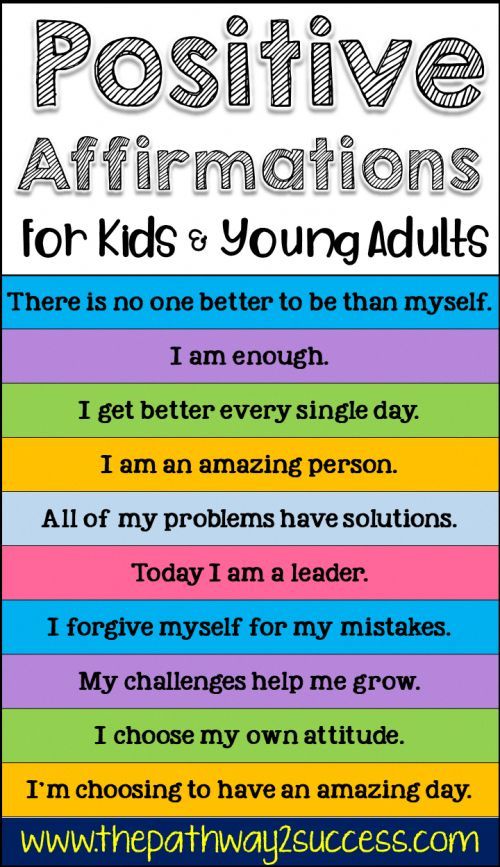 It seemed that the game is normal, and I decided to try it. How surprised I was!
It seemed that the game is normal, and I decided to try it. How surprised I was!
There is something about the combination of competition and consequences for the whole group that turns out to be exactly what you need. My children become just attention personified when I resort to this trick. Seriously. Try it and let me know how it turns out!
When the professor told me about this game, it was called "You against me". I changed the title to "Kids vs. Teacher" as it was more in line with my class.
How it works:
- Make a list of class rules. I like rules that are very clearly defined and tell you exactly what you must do and what you must not do. When we use this game, we write the rules on the board. When we first started, we focused on general instructions for group work. This week and last week, I used rules that focused on specific behaviors, such as how to be a good friend and how not to annoy your friends. (We had some pretty nasty preteen issues during recess!)
- When children follow the rules, they get a point.